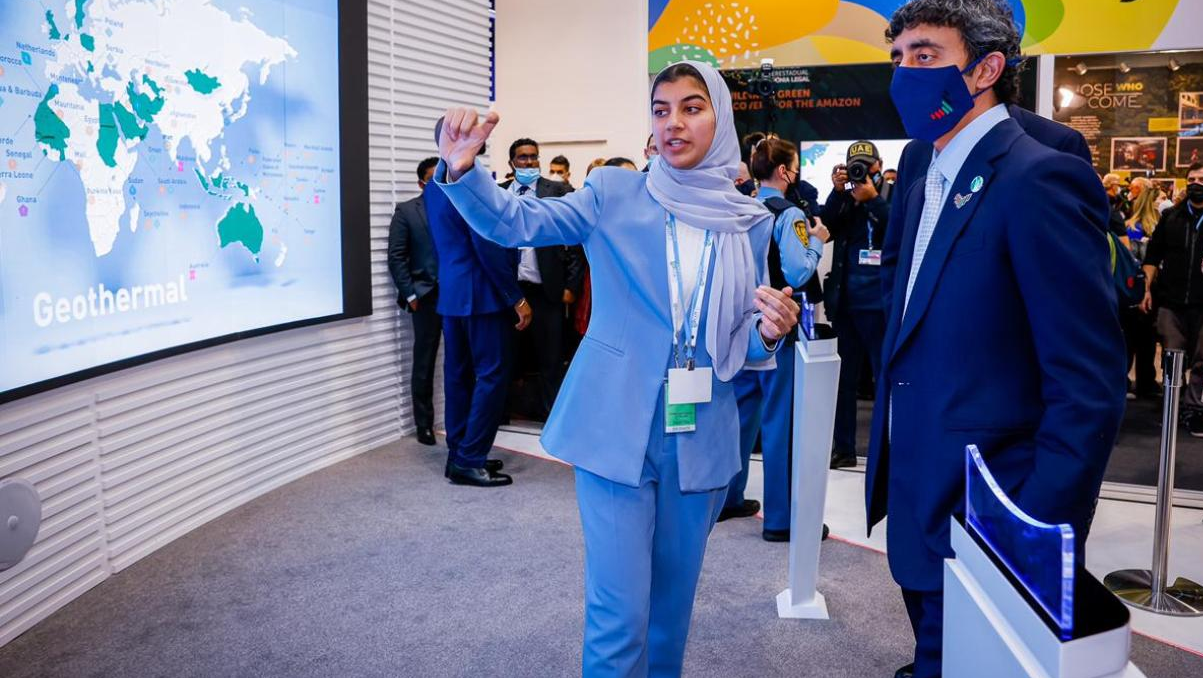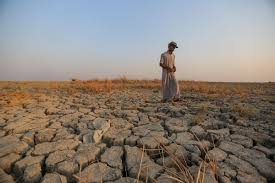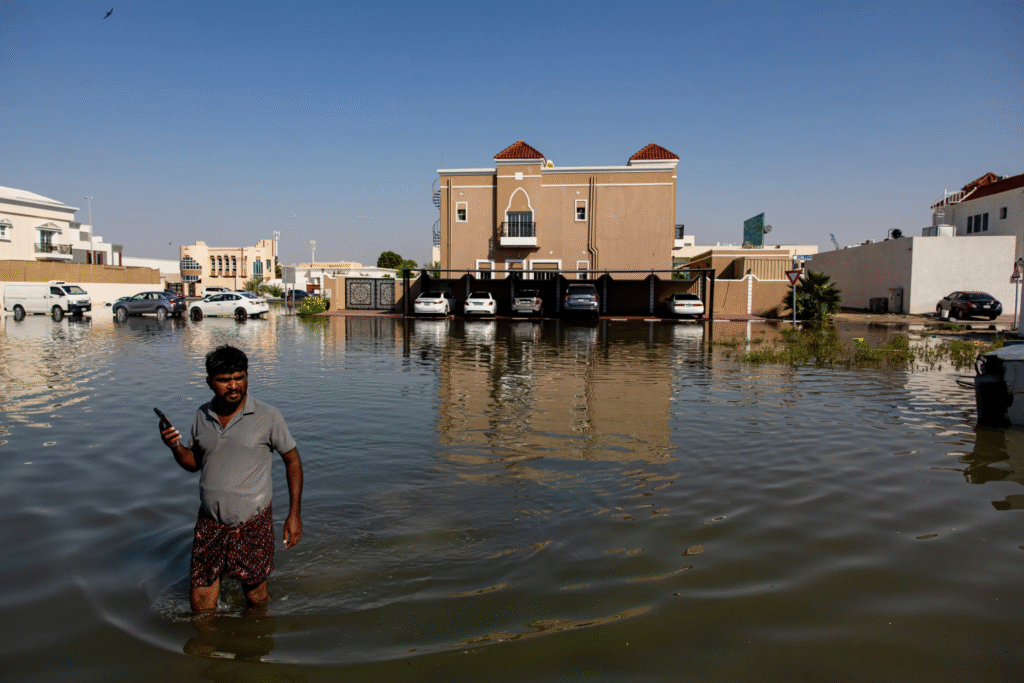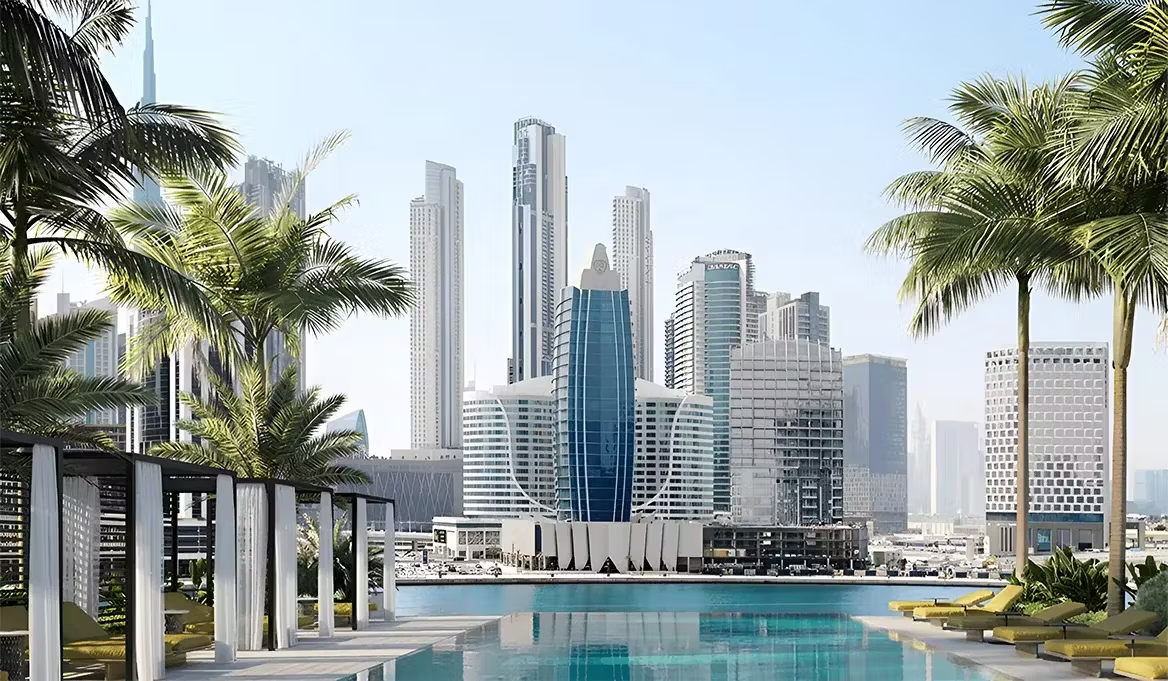Now Reading: UAE’s Water Crisis: Climate Change Is Drying the Desert Faster 2025
-
01
UAE’s Water Crisis: Climate Change Is Drying the Desert Faster 2025
UAE’s Water Crisis: Climate Change Is Drying the Desert Faster 2025

Table of Contents
The United Arab Emirates (UAE), one of the fastest-growing economies in the Middle East, is also one of the most water-scarce nations on Earth. While climate change is a global concern, its effects on the UAE’s regional water cycle are becoming increasingly evident — and dangerous.
As temperatures rise and rainfall patterns shift, the balance of water in the UAE is changing. For a country that already depends on desalination and imported water, these changes could bring serious challenges in the years to come.
Why the Water Cycle Matters

The water cycle is nature’s way of moving water through the environment — from evaporation and condensation to precipitation and runoff. In the UAE, the water cycle is already fragile due to limited natural water sources, very little rainfall, and high temperatures.
With climate change, this fragile cycle is being disrupted. Experts say this could result in longer droughts, reduced groundwater levels, salty soil, and more extreme rainfall events, which are harder to predict or manage.
Rising Temperatures and Evaporation
The UAE has already seen a steady rise in average temperatures over the past few decades. According to the UAE Ministry of Climate Change and Environment (MOCCAE), the country has warmed by approximately 1.5°C since the 1970s.
This increase may seem small, but in a desert climate, it means faster evaporation of water from the ground, lakes, and even reservoirs. With more heat comes more water loss, making it harder to store and preserve the little water the country naturally receives.
Also, hotter air holds more moisture. This can lead to humidity increases and short, heavy rainfalls instead of slow, steady showers that allow groundwater to refill.
Rainfall Patterns: From Dry to Dangerous
Rainfall in the UAE is rare and unpredictable. Most of the country receives less than 100 mm of rain per year. However, recent climate changes have made rainfall even more erratic.
Studies from the UAE National Center of Meteorology (NCM) show an increase in intense rain events — where rain falls in large amounts over a short period. These can cause flash floods, urban drainage problems, and soil erosion, but they don’t help much with recharging underground aquifers, which depend on long-term, gentle rainfall.
In 2024, Dubai and other regions experienced unusual flash floods, causing damage to roads, homes, and businesses. These are now seen as signs of a shifting climate pattern.
Groundwater Depletion and Saltwater Intrusion
Groundwater is a vital resource in the UAE, especially for agriculture and rural communities. However, overuse, combined with low recharge rates, is leading to a fast decline in underground water levels.
As freshwater levels go down, saltwater from the Arabian Gulf can move into the underground aquifers. This process is called saltwater intrusion, and it ruins the soil for farming and makes the water undrinkable without expensive treatment.
A 2023 report by the Environment Agency – Abu Dhabi stated that more than 90% of UAE’s groundwater is now either brackish or saline, making it unreliable for future generations unless serious action is taken.
Desalination: A Solution with Consequences
To deal with its natural water scarcity, the UAE has invested heavily in desalination plants. These facilities turn seawater into freshwater and currently supply around 42% of the country’s water needs.
But desalination isn’t without problems. It requires a lot of energy, which contributes to greenhouse gas emissions — the very cause of climate change. It also produces highly salty brine, which is usually dumped back into the sea, harming marine life and increasing local ocean temperatures.
As the country moves toward net-zero carbon by 2050, balancing water production and environmental impact will be a key challenge.
Cloud Seeding: Artificial Rain, Real Debate
The UAE is also leading the world in cloud seeding — a method that tries to increase rainfall by spraying chemicals like silver iodide into clouds.
While the government says cloud seeding can increase rainfall by 10-30%, critics argue it can cause unintended weather events, disrupt neighboring countries’ rainfall patterns, and lead to localized flooding, especially in urban areas with poor drainage systems.
In recent years, parts of Sharjah and Al Ain saw flooding shortly after cloud seeding operations, raising public concerns over how and when these missions should be carried out.
What Is the UAE Doing About It?

The UAE government is taking climate change seriously. Here are some of its key actions:
- Net Zero by 2050 Strategy: Investing in clean energy, such as solar and hydrogen.
- Water Security Strategy 2036: Aiming to ensure sustainable water access.
- National Climate Change Plan: A roadmap to reduce emissions and adapt to climate change.
- Smart Irrigation: Promoting water-saving technologies in agriculture.
In 2023, the UAE also hosted the COP28 Climate Conference, where global leaders gathered to discuss climate challenges, including water scarcity in desert regions.
A Regional Challenge
The effects of climate change on the UAE’s water cycle don’t stop at its borders. Neighboring countries like Oman, Saudi Arabia, and Qatar face similar issues. The Gulf Cooperation Council (GCC) has been urged to work together on regional water sharing, data sharing, and joint conservation efforts.
As the climate becomes more unpredictable, collaboration may be the key to survival in the region.
Final Thoughts
Climate change is not a distant threat for the UAE — it is happening now, changing the way water moves, is stored, and is used across the country. For a nation that relies on innovation and resilience, this presents both a challenge and an opportunity.
Will the UAE lead the way in climate adaptation for arid regions? Only time will tell. But one thing is clear: water is no longer a guarantee in the desert — it’s a race against time.
Read More:- Shobha Realty Launches Its Most Luxurious Project Yet—Full Details Inside 2025






















